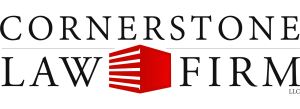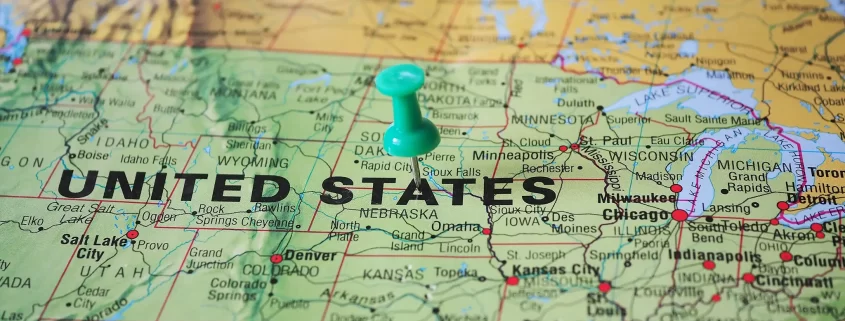Immigrant Visas v. Nonimmigrant Visas
A visa is an endorsement on a foreign citizen’s passport to have entry into the receiving country. In the United States there are various types of visas that one can apply for, but there are strict requirements to qualify for each category. United States Citizenship and Immigration Services (USCIS) is in charge of reviewing and granting visas. In this article, we’ll discuss how you determine which visa is right for you.
Two broad categories of visa
The first step is to identify whether you are pursuing an immigrant visa or a non-immigrant visa. The difference is crucial: an immigrant visa is issued to the foreign citizen who has an intent to make the United States their permanent home. In contrast, a non-immigrant visa is issued to a foreign citizen for a temporary stay with no intent to make the United States their permanent home.
Both visa programs can provide a pathway to citizenship under the right circumstances. The immigrant visa is, in some ways, simpler, because the foreign citizen is explicitly on a path to citizenship from the moment they are granted a visa. As for the non-immigrant visa, depending on the type of visa, the foreign citizen may accrue the needed time in the United States (5 years generally, 3 years for those married to a U.S. citizen) to be eligible for a green card. The non-immigrant visa holder, however, must not have the intent to be a permanent resident at the time of their application. Immigration fraud is taken seriously in the United States, and so it is vital to figure out what your long term goals are and make sure your application is honest about which path you are ultimately hoping to pursue.
Which types of visa are available in each category?
Popular visas include family visas, education visas and business visas. If you have qualifying family who are U.S. citizens who are willing to sponsor you, an immigrant visa may be appropriate. If you are only able to secure a temp job through a qualified employer, you may have to start with a non-immigrant visa (and abide by the rules of how long you can stay per visit). Abiding by all immigration rules and terms of your visa is a crucial part of ensuring you can continue on your immigration journey in the United States.
Some special purpose visas include religious workers, victims of crime or domestic abuse, and specialty occupations. If you are employed with a religious organization, your may have a sponsor through that job. If you have been victimized by crime in the United States or have been subjected to a severe case of trafficking, you may also be able to receive a visa.
Understanding the lettering system for visas
All American visas issue under “letters.” Letters A through V are used to categorize the visas the American government issues. Some of the most popular visas include student visas (F), the immediate family category (K) and the specialty occupational worker visa (H). More unusual visas include the religious worker visa for missionaries and certain church personnel (R) and visas for victims of crimes (T, S and V).
Each “letter” visa has its own requirements that you must qualify for in order to apply, and each category comes with its own rules about whether you can work in the United States or immigrate based on the visa.
Questions to ask before applying for a visa
When applying for the visa two questions should be asked: (1) How long do you plan to remain?; and (2) What is your purpose for entry? The answer to these questions will impact what visa you should apply for.
Contact an Immigration Lawyer at Cornerstone Law Firm
If you’re navigating the immigration process, call our office to discuss your options. We can help you evaluate your eligibility for each visa and discuss which path is right for you. Call us today to schedule your appointment.



